Optimal Timing for Electric Shade Installations
Electric shades installations are most effective when planned during specific periods that consider climate, sunlight exposure, and property usage. Proper timing ensures optimal performance, energy efficiency, and longevity of the system. Understanding seasonal variations and environmental factors can help determine the best time for installation.
Installing electric shades in spring allows for preparation before the peak sunlight months, improving energy management during warmer seasons.
Summer installations can help reduce cooling costs and protect interiors from intense sunlight, but scheduling should account for higher temperatures and potential scheduling delays.
Fall offers moderate weather conditions, making it easier to install and calibrate shades before the colder months and reduced daylight hours.
Winter installations require careful planning due to colder weather, but they can be advantageous for preparing shading solutions before the next cycle of high sunlight exposure.
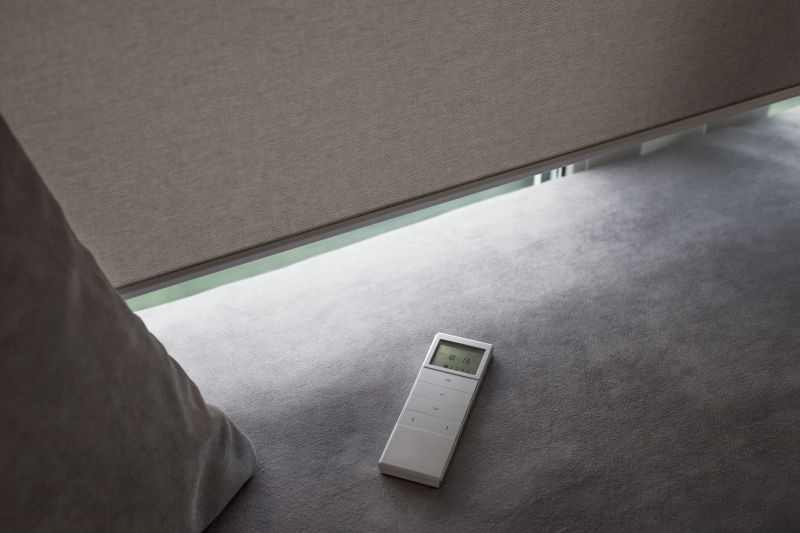
Spring is a popular time for installations due to favorable weather and preparation for summer heat.
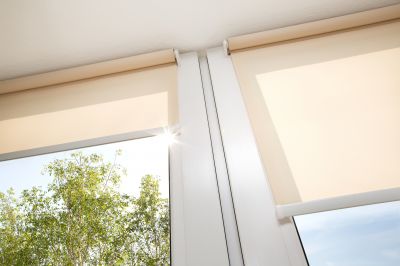
Summer installations help mitigate heat gain and improve comfort during peak sunlight hours.

Fall provides moderate weather for efficient installation and calibration before winter.

Ways to make Electric Shades Installations work in tight or awkward layouts.

Popular materials for Electric Shades Installations and why they hold up over time.

Simple add-ons that improve Electric Shades Installations without blowing the budget.
| Season | Best Conditions |
|---|---|
| Spring | Moderate temperatures, mild humidity, longer daylight hours |
| Summer | High sunlight, warmer temperatures, longer days |
| Fall | Cooler temperatures, moderate humidity, decreasing daylight |
| Winter | Colder temperatures, shorter days, potential weather delays |
Electric shades installations involve integrating motorized systems that can be operated remotely or automatically. These systems provide enhanced control over sunlight and indoor climate, contributing to energy savings and interior protection. Proper timing ensures that the installation process is smooth, with minimal disruption and optimal system performance from the outset.
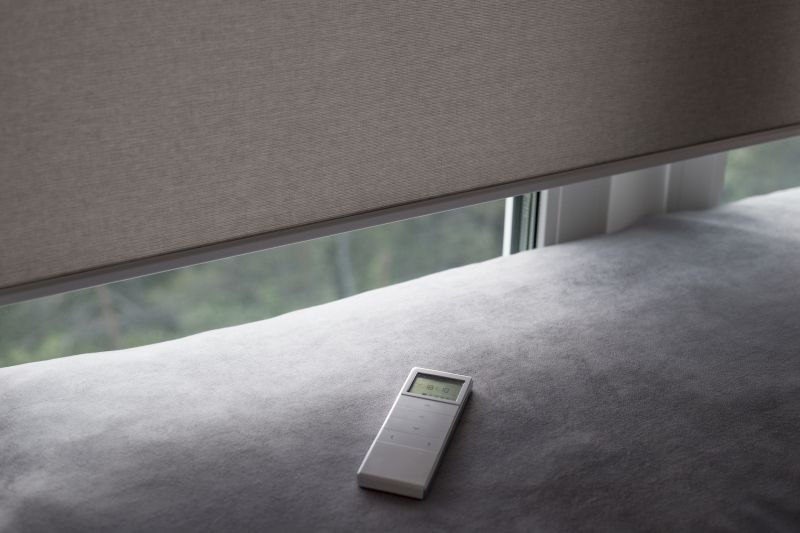
Motorized shades controlling sunlight for comfort and energy efficiency.
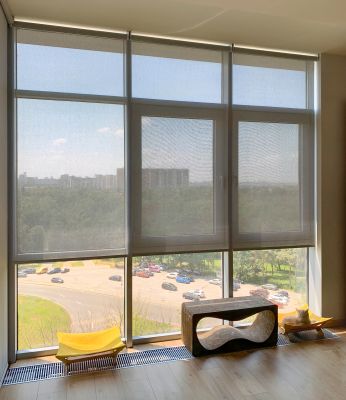
Contemporary design integrates seamlessly with various architectural styles.

Shades operated via remote control or automation systems.
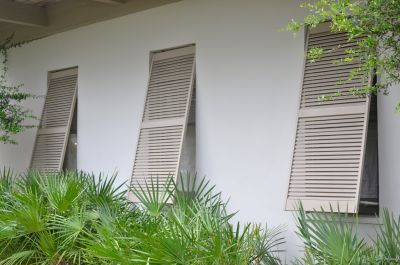
Shades providing interior protection and light management.

High-end options that actually feel worth it for Electric Shades Installations.

Finishes and colors that play nicely with Electric Shades Installations.
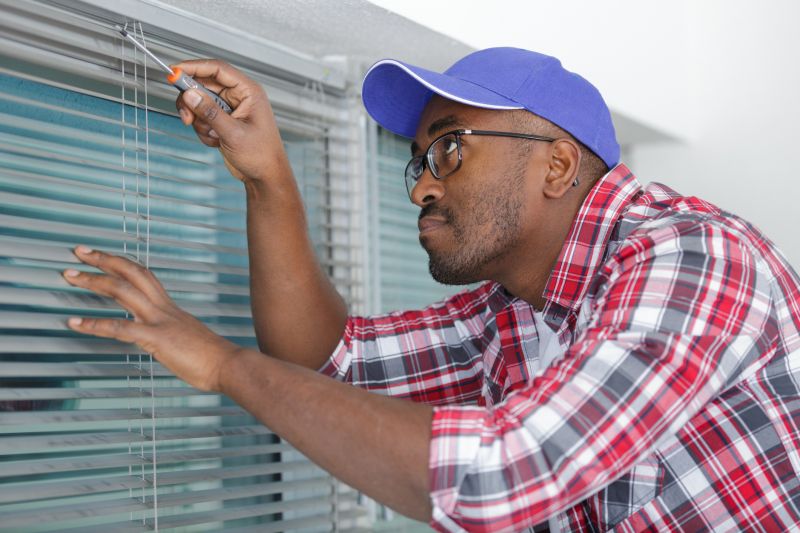
Little measurements that prevent headaches on Electric Shades Installations day.
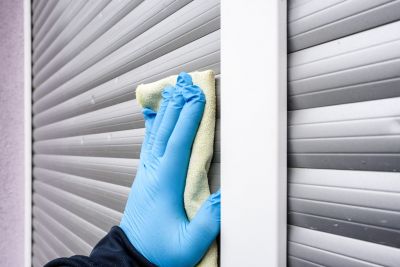
A 60-second routine that keeps Electric Shades Installations looking new.
Scheduling electric shades installations during periods of mild weather minimizes potential delays caused by extreme temperatures or adverse conditions. It also allows for thorough calibration and testing, ensuring the system functions correctly and meets user expectations. Proper timing can extend the lifespan of the shades and reduce maintenance needs.
Interested in electric shades installations? Fill out the contact form to receive more information and schedule an appointment.
